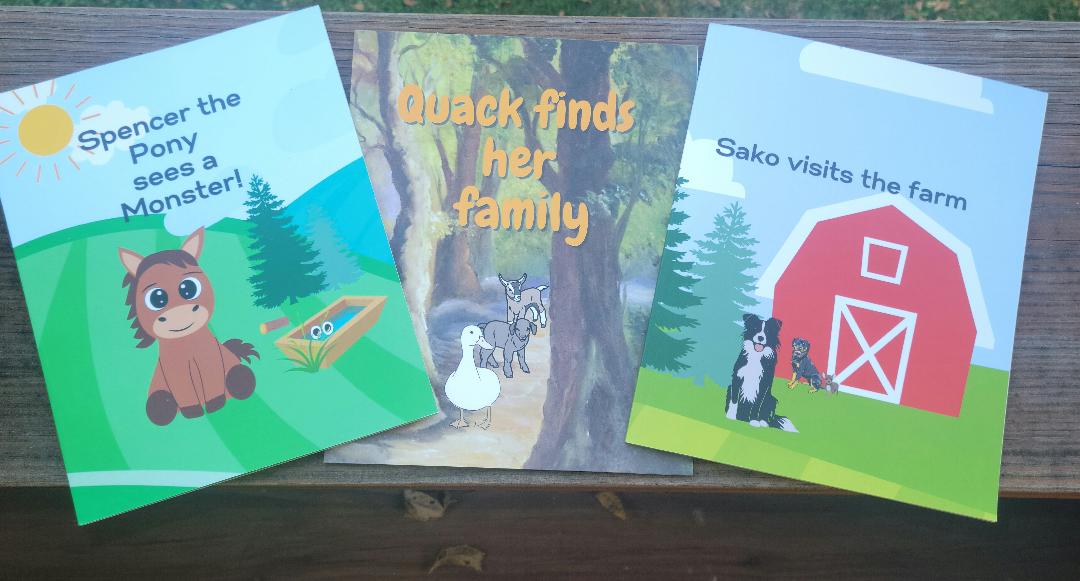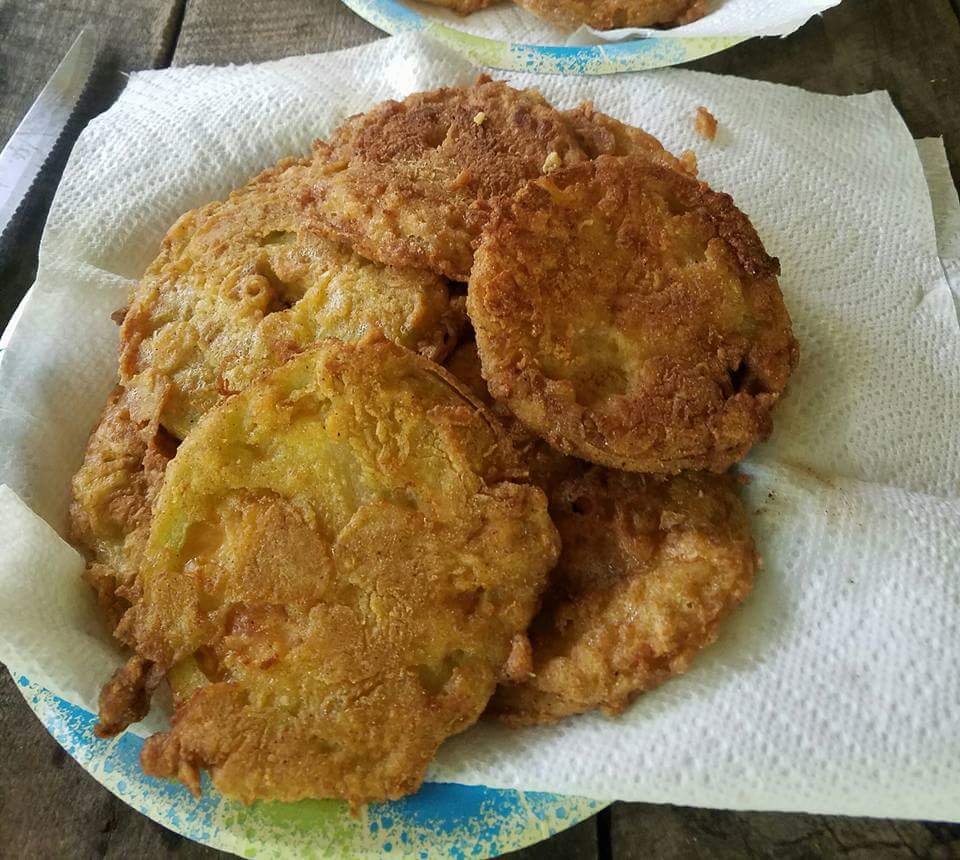Providing information to help you live a Simple Country Life and be as self-sufficient as possible.
Food Safety
No matter how good a cook you are your main concern before how wonderful it tastes should be keeping the people you are sharing your delicious homemade food with safe. I am a mom and always have my family’s safety on my mind so food safety is important to me. I would be devastated if I made someone sick with my cooking. These rules were made for a reason to stop bacteria from contaminating food. I know it’s not the most interesting subject but it is one of the most important things you need to know as a cook. Just use common sense and remember.
“when in doubt throw it out”
When cooking food we want to be sure to cook it and handle it safely. Bacteria must be carried to contaminate food:
Ways food can be contaminated: Hands, Coughs and sneezes, other foods, equipment and utensils, air, water, insects, or rats and mice.
One of the simplest ways to help eliminate cross contamination is by washing your hands thoroughly...

Food safety with Dry Food Storage:
Store dry foods in a cool, dry place, off the floor, away from the wall.
Keep all containers tightly closed to protect from insects, rodents, and dust.
Freezer Storage
Keep frozen foods at 0 ° F (-18 ° C) or lower. Always have a thermometer in the freezer (and remember to check it often)
Keep all frozen food tightly wrapped or packaged to prevent freezer burn.
A Food Saver is a wise investment...
With the cost of food and the work that goes into growing and preparing your own a wise investment is a Food Saver. We use ours and love the way it keeps our food fresh and safe. Food can last up to 5 times longer which can save you money. To find out more information on the benefits of using a food saver Click here.
Food Safety should always be on your mind...
Don’t thaw food on the counter at room temperature.
These are the safe methods to use.
· In refrigerator
· Under cold running water
· In a microwave oven (but only if you plan on cooking it immediately)

Hot Food Holding
Keep all foods above 140° F at all times
Temperatures and Bacteria
Food Safety temperatures...
165° - 212° F – Most disease-causing organisms killed in a few minutes.
140° - 165° F- Hot food holding – Bacteria do not multiply, but most are not killed.
40° - 140° F – FOOD DANGER ZONE –
Bacteria multiply rapidly
32° - 40° F – Cold Food Storage (refrigerator) – Food safe for short periods. Little bacteria growth
0° - 32° F – Subfreezing – Bacteria do not grow but most are not killed
Below 0°F – Freezer Storage – Bacteria do not grow, but most are not killed.
Clean as you go
I have always found it is much easier to clean my work area as I prepared the food. Usually this was because of the limited work space but I hate finishing a big meal and having a huge mess to clean up. When you finish adding ingredients put them away and wipe up the mess you made as you go. This way when you look back you will have the satisfaction of enjoying your work. I promise it takes less time to clean as you go rather than waiting for food to dry on or stick to a surface. Keep a clean work area is one of the most important aspects of food safety.

Sanitize your work surface...
Simple ways to sanitize your work surface. I’m sorry I am one of those terrible people who believes in bleach. I use about ½ cap full in a quart of water and spray it on everything or just dip a clean cloth in it and wipe everything down. You can also use vinegar and water mixture add ¼ cup to a cup of water. You can add some lemon oil drops to make it smell nice. I recently read that hydrogen peroxide is also very effective. It can be applied by diluting it with a 50/50 percent solution in water. Whatever you use just keep things wiped down and swept up to eliminate the possibility of contaminating your work surface or causing a rodent or insect problem.
Just a few tips on how to handle leftovers
· Boil leftover gravies, sauces, soups and vegetables before serving.
· Don’t mix leftovers with freshly prepared food.
· Food heated to 165°F and 212° F most disease-causing organisms are killed in a few minutes.
Each year, 1 in 6 Americans get sick from eating contaminated food. The cdc tracks these outbreaks. For more information click here.
Happy and Safe Cookin'
my cup runneth over.....Psalm 23:4-6

Recent Articles
-
Childrens story book Spencer The Pony is an exciting fun story
Oct 10, 23 05:40 PM
The childrens story book is about Spencer the Pony. He is our fun Miniature Horse. That is always getting into trouble with his adventures. -
Fried Green Tomatoes
Feb 20, 21 05:18 PM
Country cooking recipe for Fried Green Tomatoes. Simple easy to prepare favorite summer recipe. -
Ramps
Feb 20, 21 05:17 PM
How to crow ramps, cook with them and how they are used in history.

Visit our Facebook page

Webmd.com found that you could knock out most bacteria in two minutes by microwaving your dishcloth in the microwave.



